Goodbye PadminiThey’re everywhere, ferrying people around the vast, hot, breathless expanse of this island city. The 1100D, or the ‘Premier Padmini’ as it is called here, was originally manufactured in India between 1964 and 2000 by the Italian company, Fiat. The charm of the Padmini taxi is unique, with its disco-lights, brightly coloured seat covers, over-the-top taxi art, icons of various Gods, or Bollywood stars (or both side-by-side). There is much old-world romance associated with the black-and-yellow taxi — any local will have nostalgic stories to tell about riding around town in a Padmini. The first taxis arrived in Bombay in 1911. One hundred years later, a sad love story ensues between man and machine. The government has issued a notice that says that taxis over 25 years old must be officially removed from the streets. The Padmini has been the primary source of livelihood for thousands of immigrants who come to Mumbai in search of a better life. The shiny new vehicles recommended by the government to replace Padminis are unaffordable for many taxi drivers, making their lives very insecure in this expensive city. Through the disappearing taxis, I want to tell the story of Mumbai – a city in flux, rapidly changing, ever-ready to throw out the old and embrace the new. As long as the purpose of the upper classes is served, there is little care for the lives of the not so privileged. While Mumbai houses the world’s most expensive home (‘Antilla’), 60% of the city’s population lives in slums. This kind of disparity between the rich and the poor exists in other cities of the world too, but it is at its glaring best in Mumbai.
| 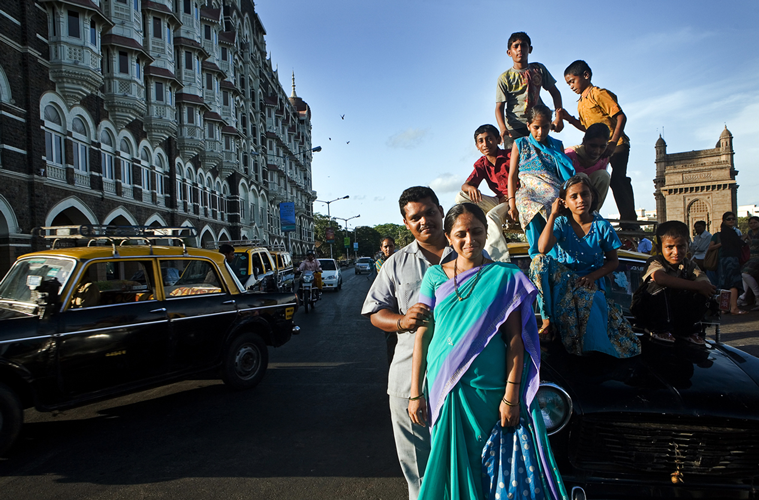 | 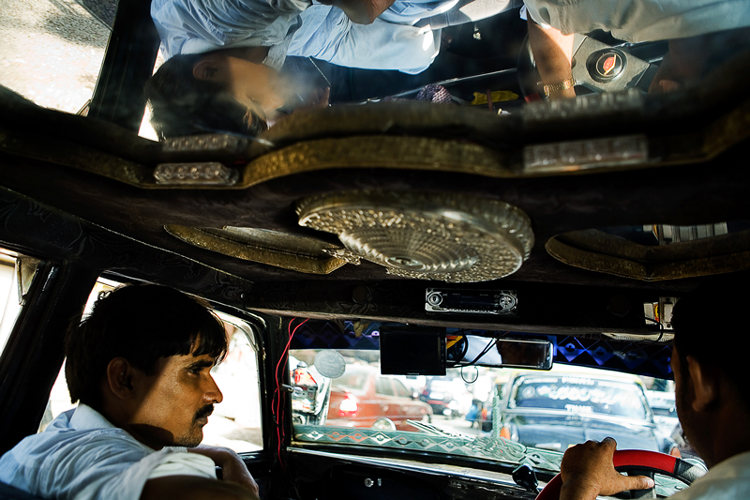 | 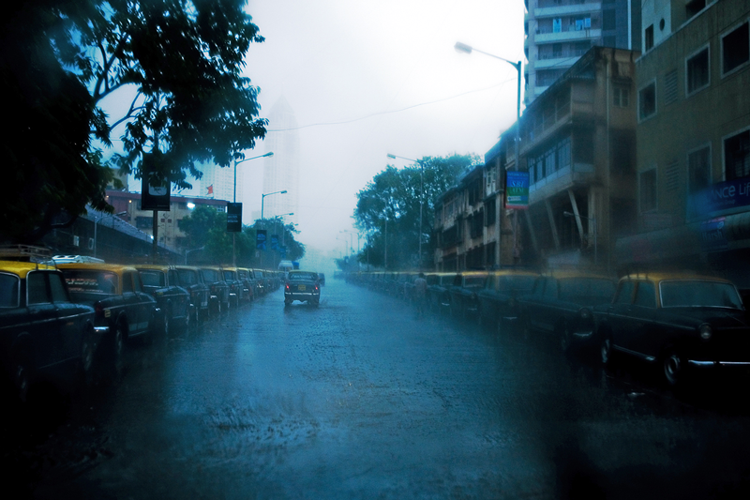 | 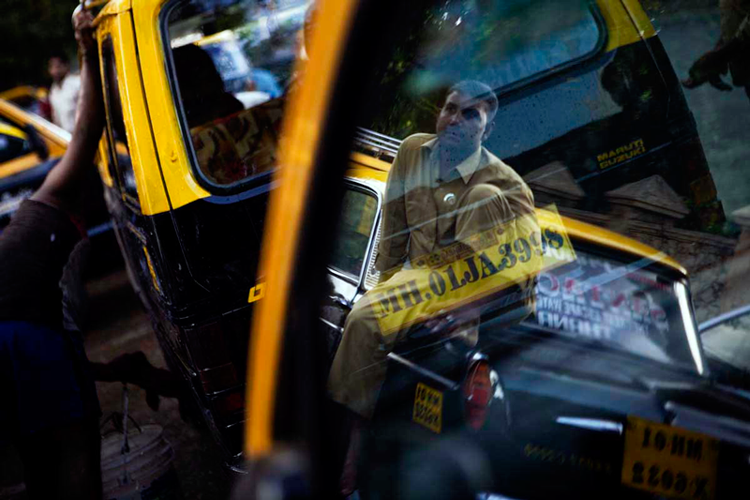 | 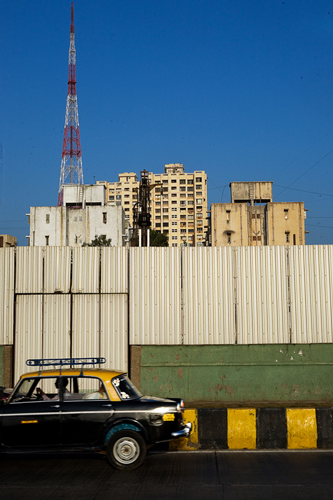 | 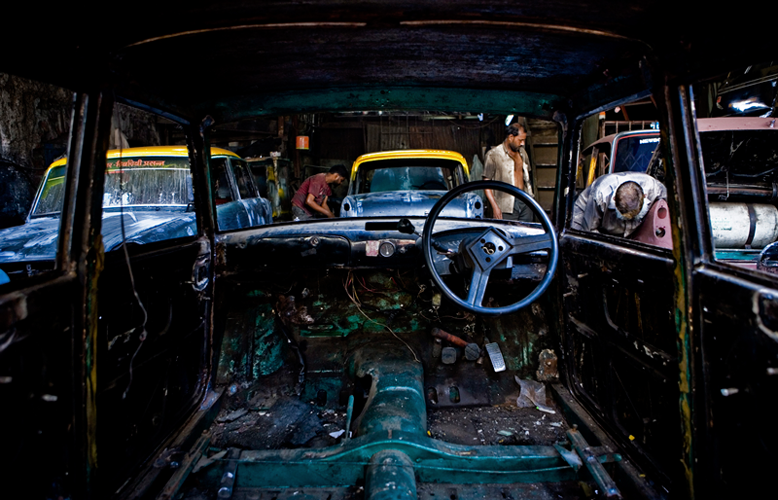 | 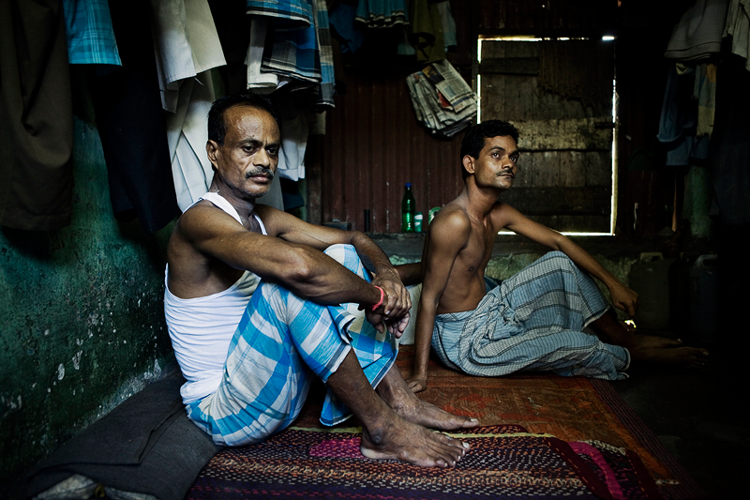 | 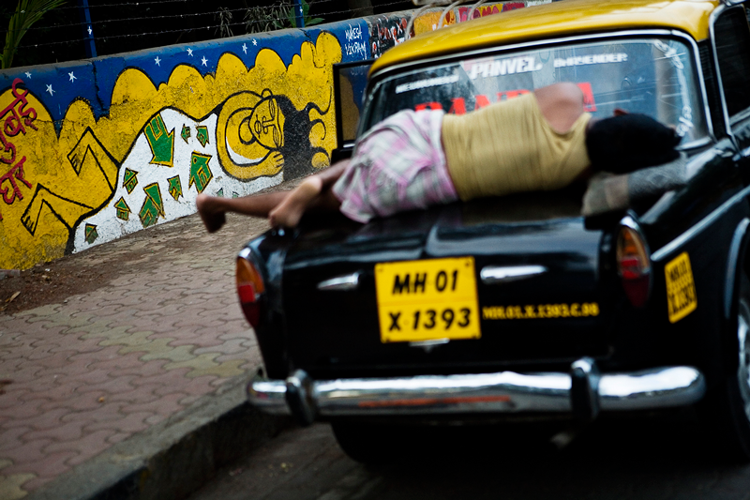 |  | 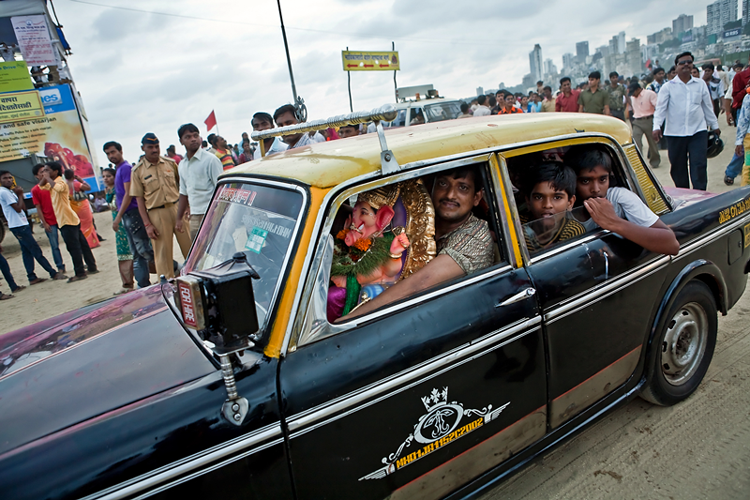 | 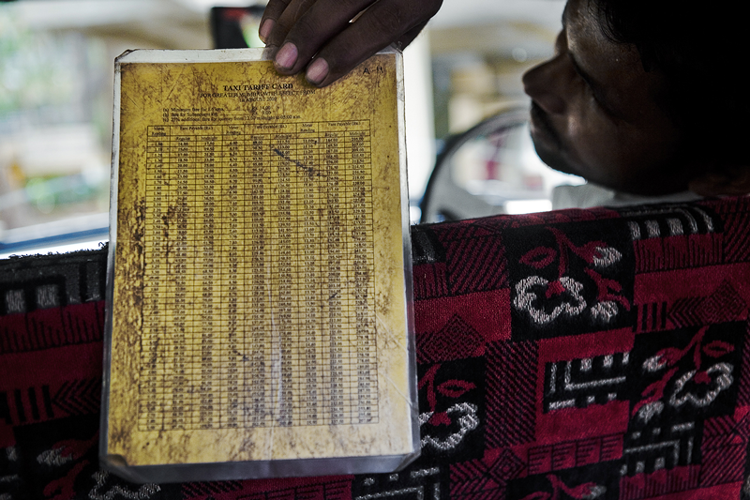 | 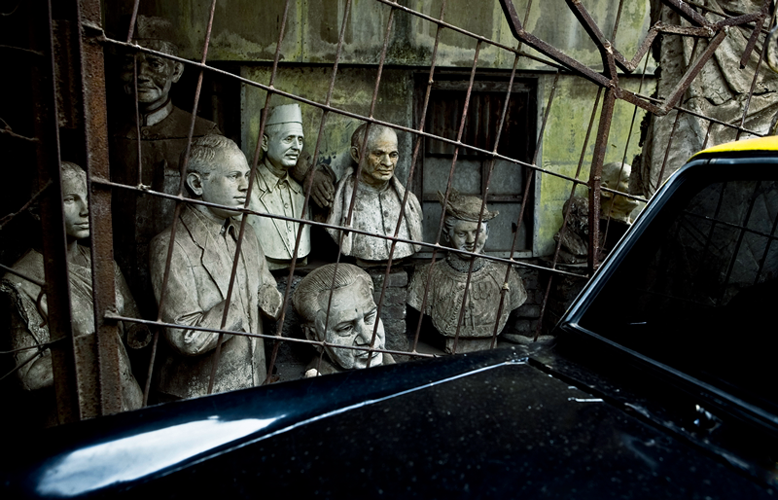 |  | 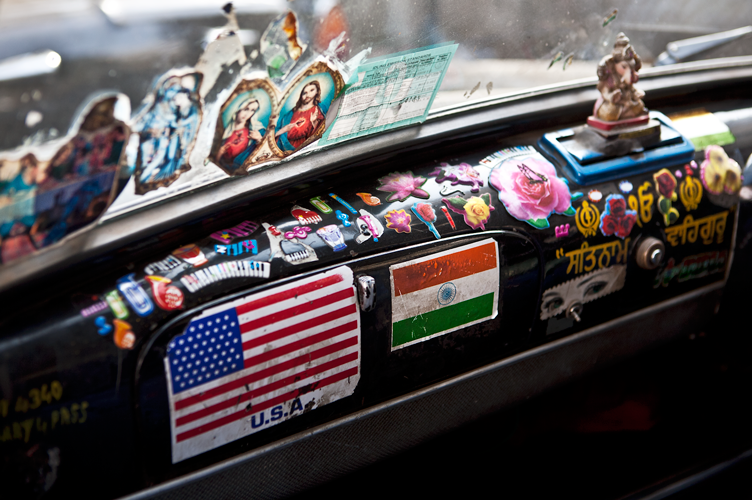 | 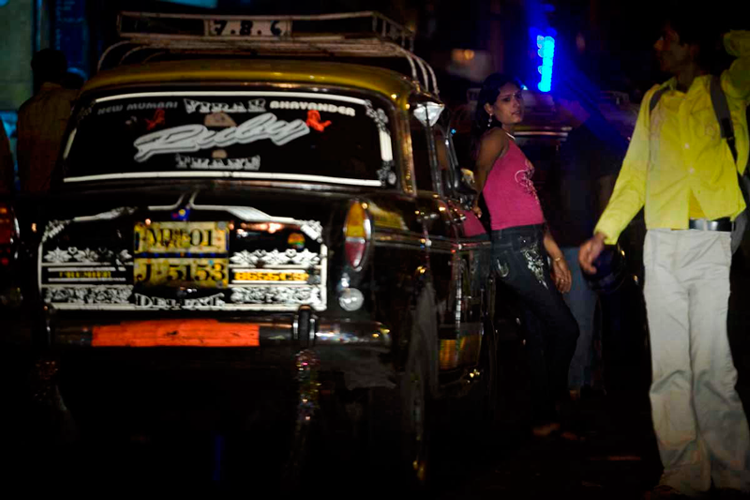 | 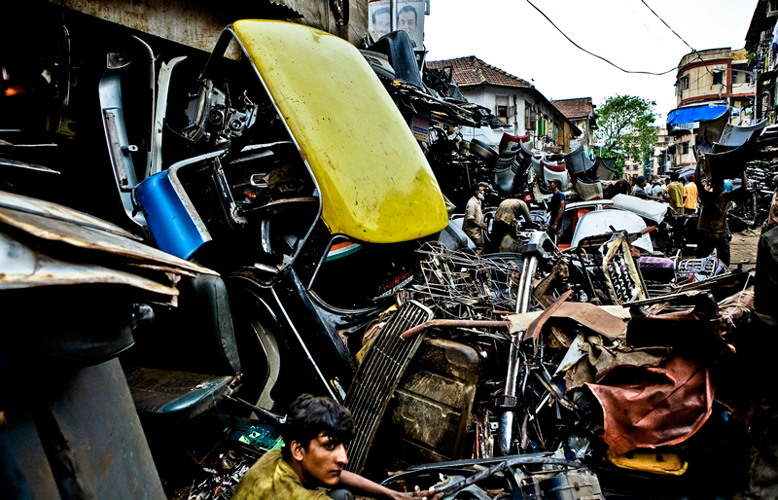 | 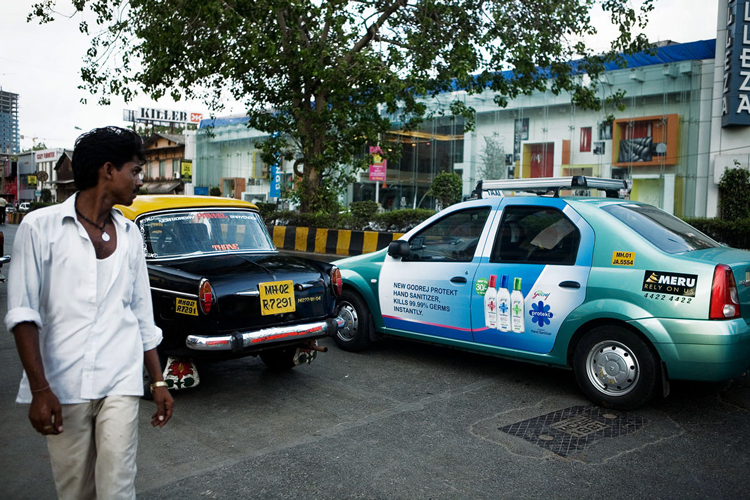 | 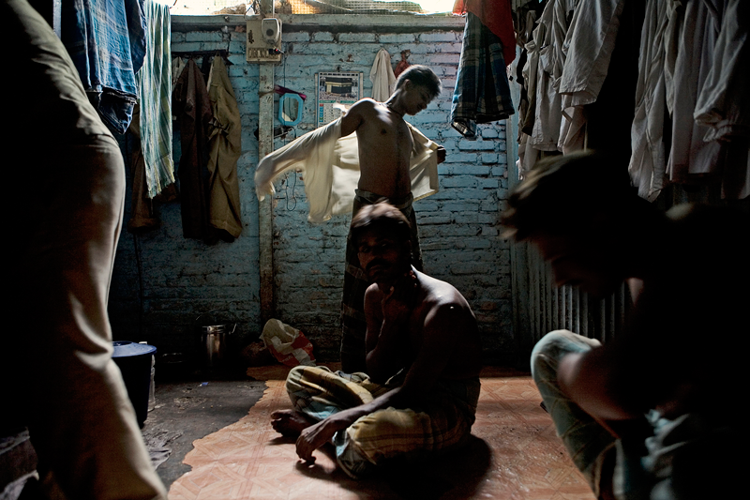 | 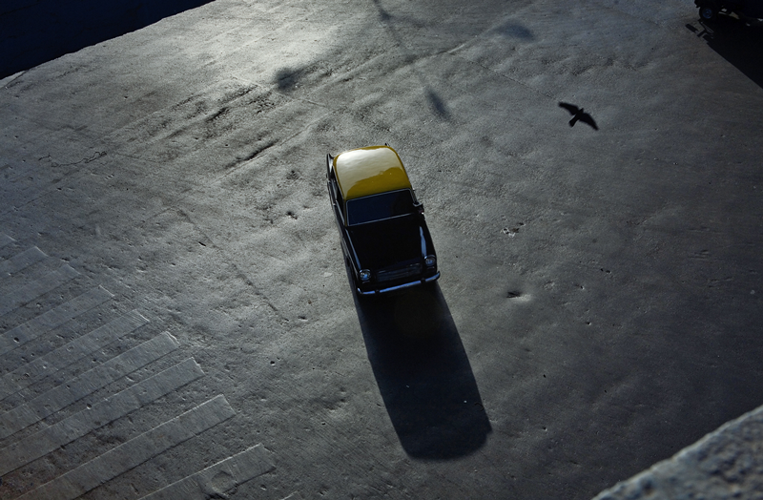 (These images are part of a book project commissioned by Leonardo International Publishing. The book is slated to come out in Milan in 2012.) |